Museu Nacional d'Art de Catalunya
The Museu Nacional d'Art de Catalunya (Catalan pronunciation: [muˈzɛw nəsi.uˈnal ˈdaɾd də kətəˈluɲə]; English: "National Art Museum of Catalonia"), abbreviated as MNAC, is a museum of Catalan visual art located in Barcelona, Catalonia, Spain. Situated on Montjuïc hill at the end of Avinguda de la Reina Maria Cristina, near Pl Espanya, the museum is especially notable for its outstanding collection of romanesque church paintings, and for Catalan art and design from the late 19th and early 20th centuries, including modernisme and noucentisme. The museum is housed in the Palau Nacional, a huge, Italian-style building dating to 1929. The Palau Nacional, which has housed the Museu d'Art de Catalunya since 1934, was declared a nat...Read more
The Museu Nacional d'Art de Catalunya (Catalan pronunciation: [muˈzɛw nəsi.uˈnal ˈdaɾd də kətəˈluɲə]; English: "National Art Museum of Catalonia"), abbreviated as MNAC, is a museum of Catalan visual art located in Barcelona, Catalonia, Spain. Situated on Montjuïc hill at the end of Avinguda de la Reina Maria Cristina, near Pl Espanya, the museum is especially notable for its outstanding collection of romanesque church paintings, and for Catalan art and design from the late 19th and early 20th centuries, including modernisme and noucentisme. The museum is housed in the Palau Nacional, a huge, Italian-style building dating to 1929. The Palau Nacional, which has housed the Museu d'Art de Catalunya since 1934, was declared a national museum in 1990 under the Museums Law passed by the Catalan Government. That same year, a thorough renovation process was launched to refurbish the site, based on plans drawn up by the architects Gae Aulenti and Enric Steegmann, who were later joined in the undertaking by Josep Benedito. The Oval Hall was reopened for the 1992 Summer Olympic Games, and the various collections were installed and opened over the period from 1995 (when the Romanesque Art section was reopened) to 2004. The Museu Nacional d'Art de Catalunya (Museu Nacional) was officially inaugurated on 16 December 2004. It is one of the largest museums in Spain.
The history of this institution dates back to the 19th century, when, in accordance with the principles that inspired Catalonia's cultural and political Renaixença (renaissance), a movement particularly active in that century, many projects were launched to help revive and conserve the country's artistic heritage. This process began with the establishment of the Museu d'Antiguitats de Barcelona (Barcelona Museum of Antiquities) in the Chapel of St Agatha (1880) and the Museu Municipal de Belles Arts (Municipal Fine Art Museum) in the Palau de Belles Arts (1891), a palace built to mark the occasion of the 1888 Universal Exhibition. A project to install all these Catalan art collections in the Palau Nacional, launched in 1934 under the initiative of Joaquim Folch i Torres, the first director of Catalonia Museum of Art, was frustrated by the outbreak of the Spanish Civil War (1936–1939), when for protection many works were transferred to Olot, Darnius and Paris (where an important exhibit was established). During the postwar period, the 19th- and 20th-century collections were installed in the Museu d'Art Modern, housed from 1945 to 2004 in the Arsenal building in Barcelona's Parc de la Ciutadella, whilst the Romanesque, Gothic and baroque collections were installed in the Palau in 1942.
The Palau Nacional, which has housed the Museu d'Art de Catalunya since 1934, was declared a national museum in 1990 under the Museums Law passed by the Catalan Government. In 1992 a thorough renovation process was launched to refurbish the site, based on plans drawn up by the architects Gae Aulenti and Enric Steegmann, who were later joined in the undertaking by Josep Benedito. The Oval Hall was reopened in 1992 on the occasion of the Olympic Games, and the various collections were installed and opened over the period from 1995 (when the Romanesque Art section was reopened) to 2004. The Museu Nacional d'Art de Catalunya (Museu Nacional) was officially inaugurated on 16 December 2004.
Since 2004, the Palau Nacional has once more housed several magnificent art collections, mostly by Catalan art, but also Spanish and European art. The works from that first museum have now been enriched by new purchases and donations, tracing the country's art history from early medieval times to the mid-20th century: from Romanesque, Gothic, Renaissance and baroque to modern art. This heritage is completed by the Gabinet Numismàtic de Catalunya (coin and medal collections), the Gabinet de Dibuixos i Gravats (drawings and engravings) and the library.[1]


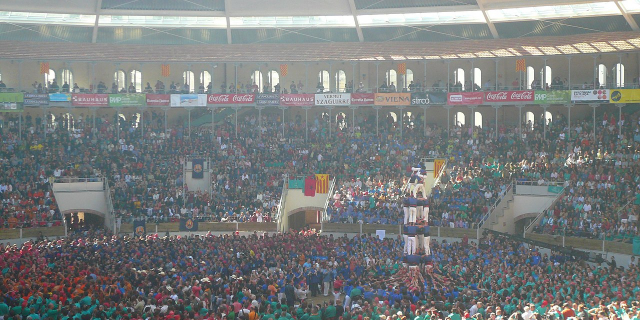


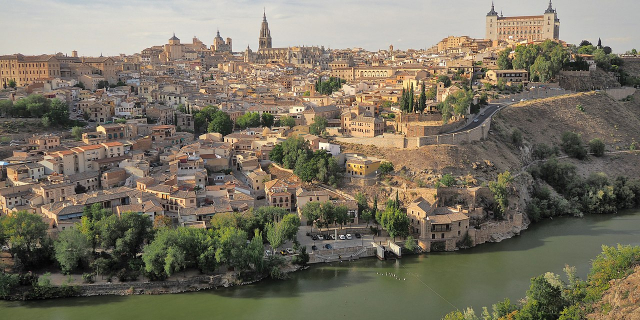





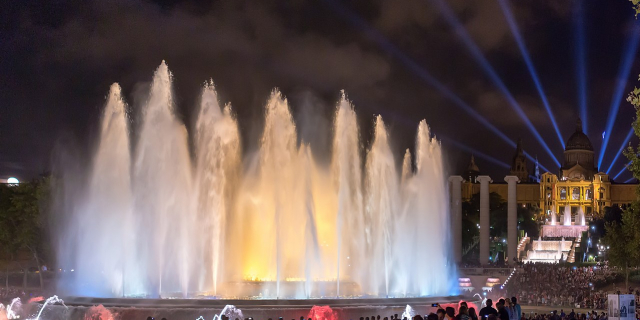


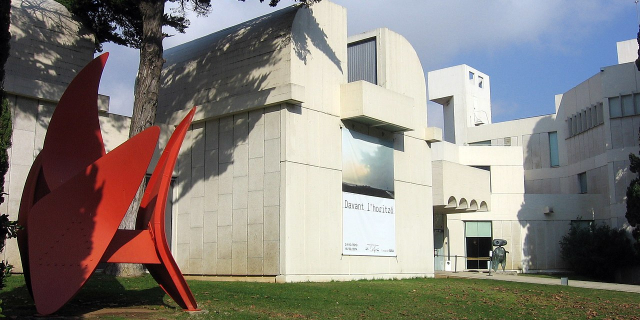

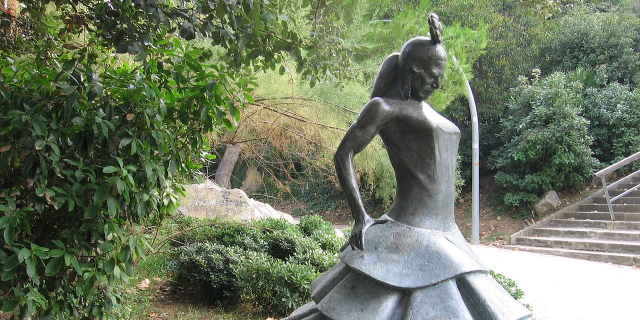

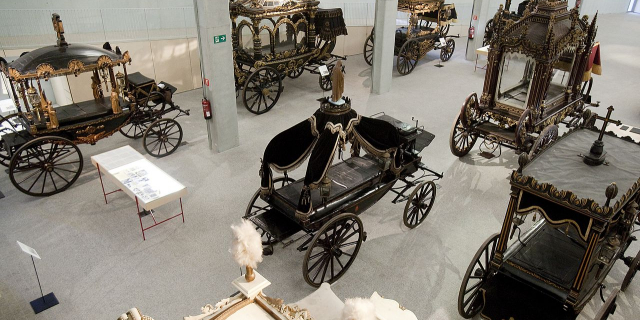
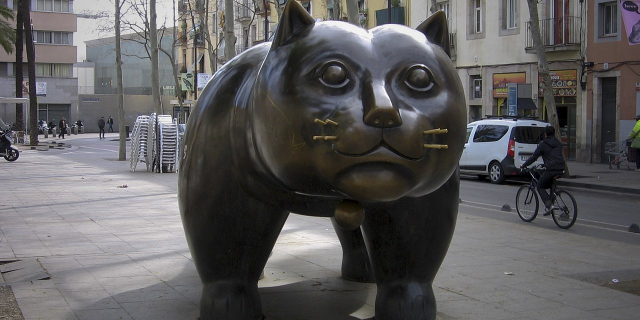




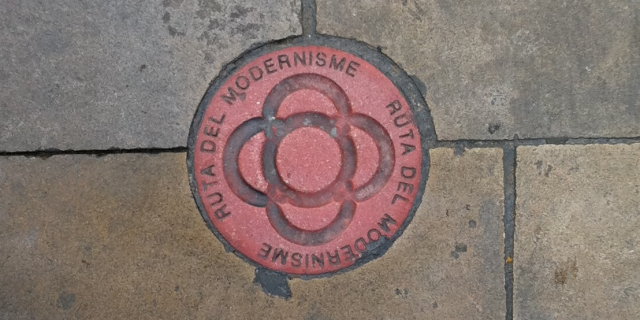

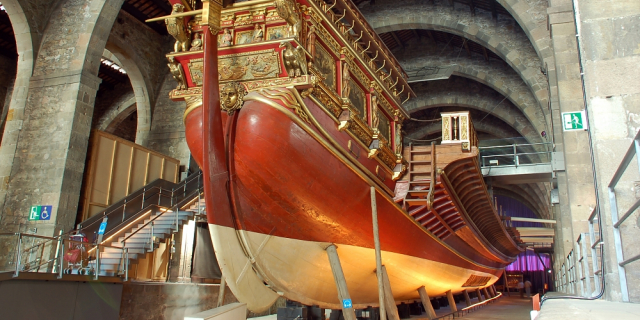


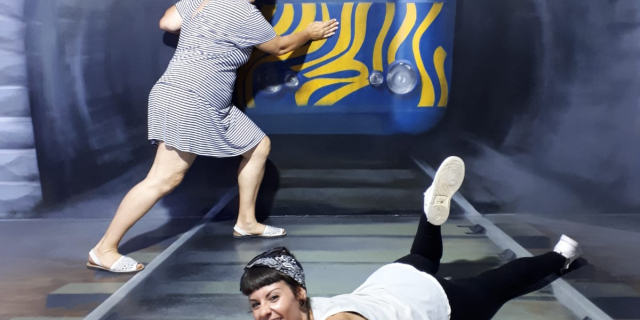
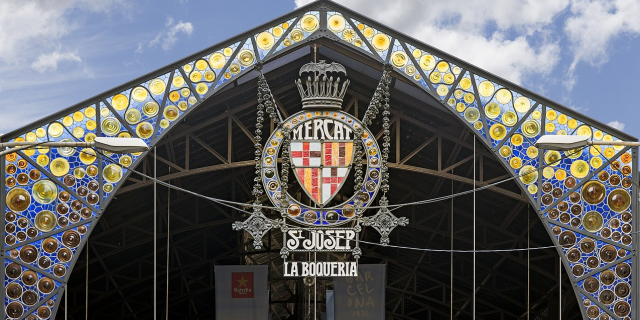
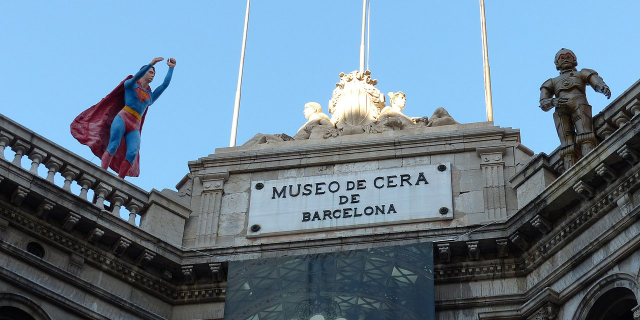
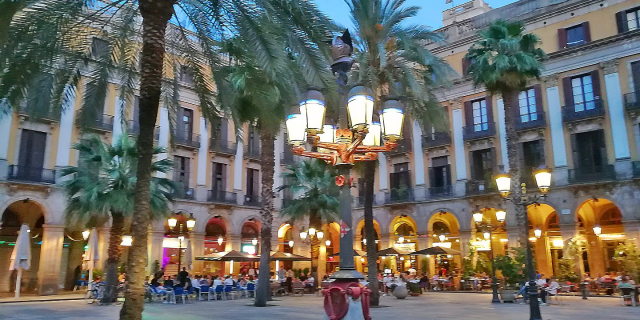
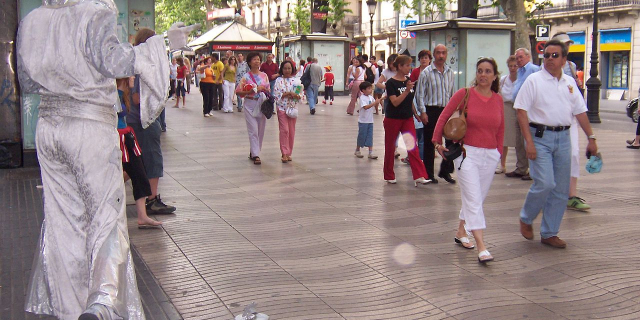



Add new comment